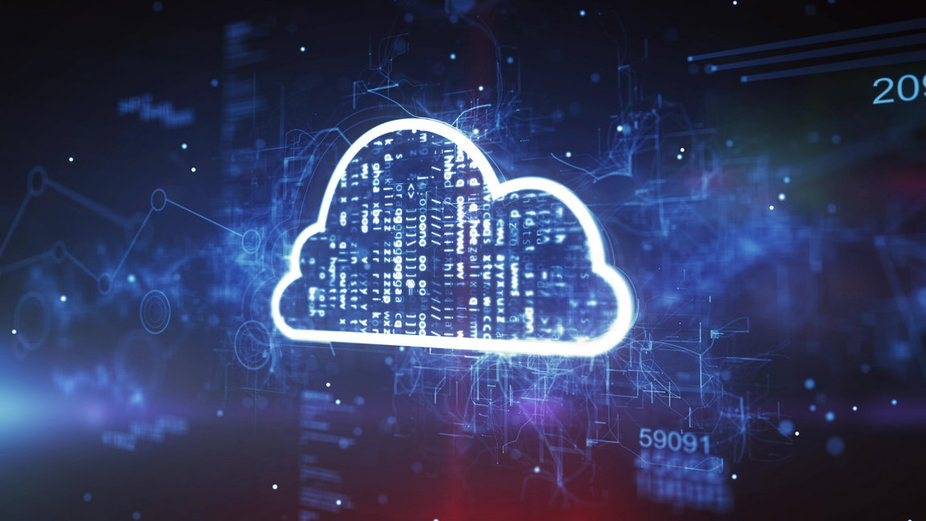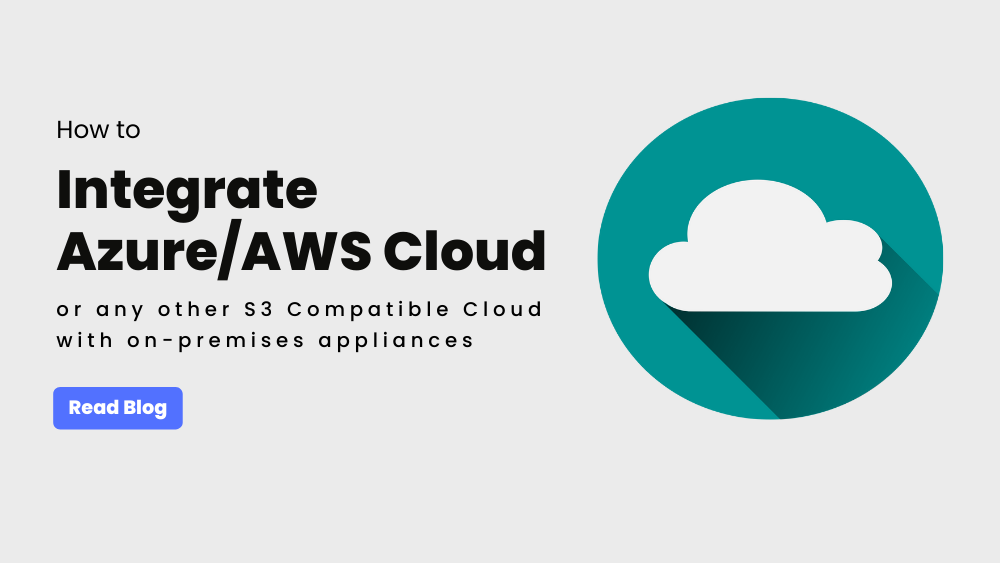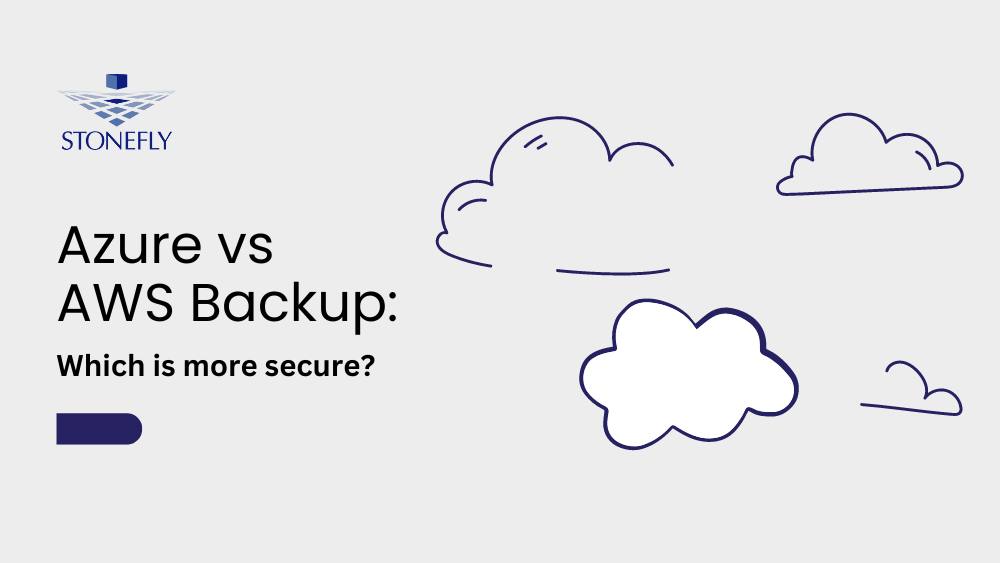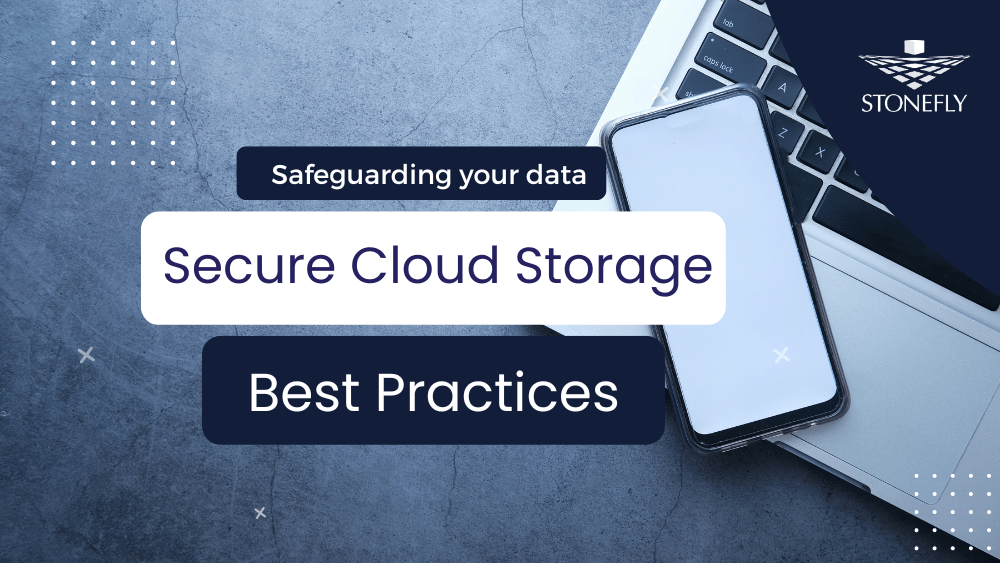What is Disaster Recovery Solution, Business Continuity & Cloud Disaster Recovery?
What is Disaster Recovery?
Disaster recovery is a set of policies, practices and tools that enable an enterprise to recover their vital IT infrastructure and systems following a disaster. In simpler words, it is a process to get your applications and data back after a major disaster.
What is Cloud Disaster Recovery?
Cloud Disaster Recovery (DR) is basically a service or a tool that enables the backup and recovery of remote systems and machines on a cloud-based platform.
Cloud disaster recovery ensures high availability of the data, continuous flow of the process and provides a reliable recovery and failover.
What is Business Continuity?
Business continuity is basically the planning and preparation that enterprises take in order to ensure that they remain operational during a disaster.
Now you must be wondering what is a business continuity plan? Well a business continuity plan is a plan that comprises of various applications requiring two types of applications or data: One that is accessed more frequently and the other that is accessed infrequently.
Depending on your architecture, you will have applications that you need to run 24/7 while some you don’t need too frequent access to. An IT disaster recovery service or plan accommodates for both of these types of data by having high and low access frequency tiers.
Regardless of the access type, the protection for both is necessary; be it on premise or on cloud. Another requirement for both these data types is that you will need them to be readily available. If you do desire to recover or failover, the transition should be smooth and speedy.
This is what StoneFly’s cloud disaster recovery solutions and services ensure. Your data is protected, always available and recoverable within minutes. So, business continuity is always assured.

Business & Technical Drivers for Cloud Disaster Recovery Solution
The most apparent benefit is the reduction of the DR cost structure. This leads to better budget planning, leading to monetary benefits ranging up to even 50%; based on a comparison against traditional DR approaches. That’s two benefits compacted in one, reduction of infrastructure which leads to the reduction of costs.
It enables you to gain access to more modern technology and remove aging technologies such as tape backup and the likes.
It’s beneficial to get rid of old technologies, due to their loopholes and issues. Latest technologies introduce compatibility to latest techniques, methods and processes used by the industry.
What Should You Know Before Moving to a Cloud Disaster Recovery Solution?
How frequently do you access your data?
What you need to do before the transition to a disaster recovery solution is to analyze your data. Which type of data needs to be accessed more frequently compared to the other, the identification of data access frequency can help increase the cost efficiency of the overall process.
You also need to observe the sensitivity of the data. Which data do you really need to operate and which kind of data you can make-do without. This will also contribute to the overall cost efficiency by dictating the storage space.
It’s evident that you need technical knowledge of your data, therefore your technical teams play a crucial part.
Another advisable thing to do is to seek the guidance of service providers and professionals who are more experienced with disaster recovery like StoneFly.
You can book a demo or can contact our technical sales professionals for guidance and learn how to distribute your data before making the transition.
Analyzing RTO & RPO of your data
There are two major factors involved in dictating the shape of your DR plan architecture: Recovery Time Objective (RTO) and Recovery Point Objective (RPO).
RTO as the name implies, is the time taken to recover a particular object. Similarly, RPO means the point in time where you want a certain object to recover from.
In other words, how much of the data loss can you tolerate pertaining to a specific data? For example, you may be able to endure data loss of 15 minutes in case of one operation or application but you may not be able to tolerate a single second of data loss in case of another.
These are the two things that govern the cost of your DR architecture plan. The speedier you want the recovery to be and the more data you wish to recover with the minimum amount of data loss, the costlier the plan will be.
Again, the emphasis is on the analysis of the data. Before the transition, consultation and careful planning can save you from a ton of costs and trouble later on.
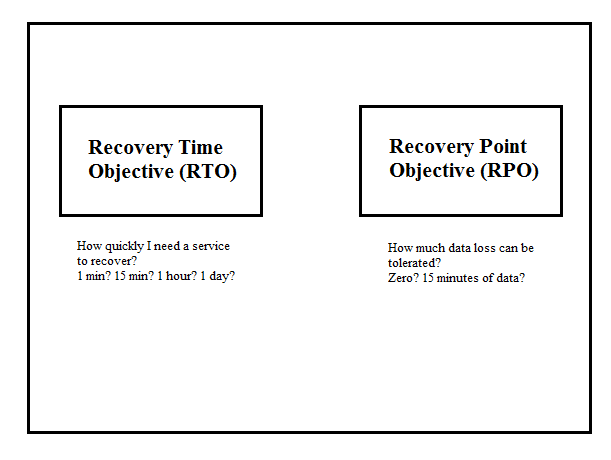
Classification of Data Based on Failover
The vigorous analysis data will reveal that your data is distributed on a complex spectrum. For instance, back-end reporting systems and databases are something you may decide that you’re going to rebuild them when requested from an offsite backup because they’re only needed periodically and may not even be visible to clients.
Similarly, you may have internal collaboration systems, which may be significant for customer services purposes hence you would want to make sure that they can be recovered quickly.
Meanwhile, if you have customer transactional web applications, revue generating applications, then that may mean revenue loss and reputation damage. These applications would require automatic failover, hence using the hot configuration would be the best option for them.
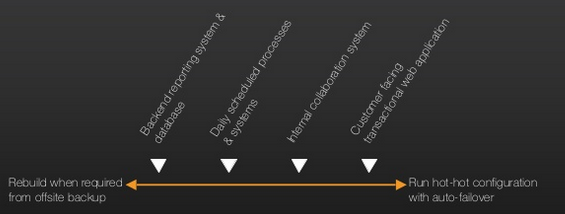
On Demand Data Center
In conventional models of DR services, the entire data on your primary site is replicated on the secondary site; it may be a scaled down version but more or less it’s the exact same replica.
With StoneFly, you get a very minimal DR provisioning running the entire time, just a small facility so that it receives storage snapshot data and still be able to scale up that DR facility if required. This way DR costs are reduced compared to traditional DR approaches.
This feature does not hinder your option to scale out when necessary. So basically, cost efficiency is emphasized while keeping in mind your convenience and potential needs.
Compliance & Trust
Enterprises that are complying with various industry standards require a similarly compliant and trusted service provider. In most cases, the industry standards demand that to be the case.
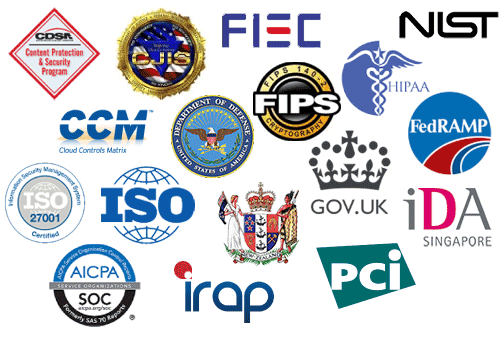
Affordable and Efficient Cloud Disaster Recovery Solution
With StoneFly cloud disaster recovery solution, you can spin up anything from a single virtual machine to an entire data center to test how things would run in an actual disaster, in just a few clicks.
This not only consumes fewer resources over time than traditional disaster recovery solutions, it uses those resources more efficiently – meaning you can provision less over time and receive a better more cost-effective service.
Whether it’s failing hardware, floods, fires or some other disaster, downtime is about more than just technology. It could cost the whole business more than anticipated in unexpected ways. That’s why speed of recovery is so important.
Build your business around StoneFly Cloud Disaster Recovery
To keep your business running, StoneFly data protection services provide a holistic disaster recovery solution to ensure your business remains fully functional at all times.
StoneFly offers fully managed recovery services for your overall IT environment from replication of data infrastructure to applying configuration changes, managing the business continuity plan, constant proactive monitoring of the health of your environment and actual disaster recovery management. StoneFly disaster recovery service provides a true end-to-end recovery solution to keep your business up and running.
Like most businesses, your environment is comprised of one or more production data centers with servers, storage, networks, operating systems, applications and databases all of which are necessary to run your business under normal operations. Your users connect to one or more data centers accessing the network and generating and consuming data resulting in a multitude of connections and components in your production environment.
Users can configure cloud based backups to Microsoft Azure, Amazon AWS or any S3 compatible cloud.
To help prevent application outages StoneFly recovery environment mirrors your environment while providing broad coverage for your hardware components, Operating Systems (OSs) and applications.
StoneFly also manages the replication of your data and proactively monitors your recovery environment allowing you to view the health of your environment, when your data was last replicated and how ready your recovery environment is to keep your business running when disaster strikes.
To learn more about StoneFly cloud disaster recovery and other data protection services contact us today.
Conclusion
Disaster recovery is necessary for any enterprise dealing with data they do not want to lose. A disaster recovery solution ensures high availability while keeping the data safe and recoverable whenever needed.
The transition to DR is not an all-or-nothing decision. It requires the identification and analysis of data based on the necessity of the recoverable data and the time taken to restore this data (RTO & RPO).
StoneFly and its disaster recovery solutions are cost efficient and are a good option for any enterprise seeking a reliable, trustworthy and secure way of ensuring their data is always available and recoverable.
Contact Us Today!
Email: sales@staging.stonefly.com
Phone: +1 510 265 1616
Website: www.stonefly.com | www.iscsi.com
Connect with Us on Our Social Media Channels
Twitter: @stoneflyinc
Facebook: facebook.com/stoneflyinc
Youtube: youtube.com/stoneflyinc
Linkedin: linkedin.com/company/stonefly-networks
